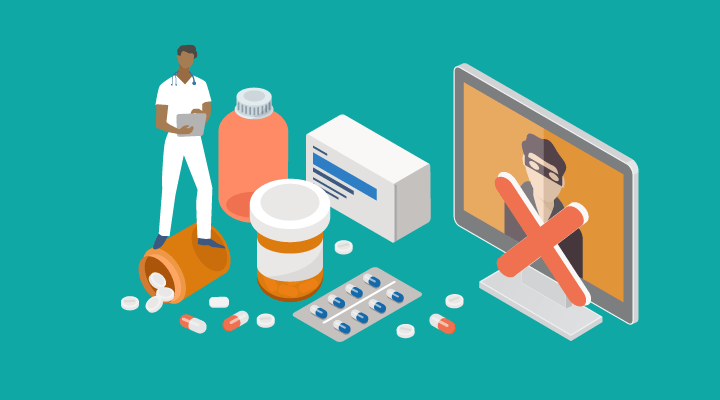9 Steps to Creating a Drug Diversion Monitoring Program

A nurse gets into a car accident and requires surgery. After surgery, the nurse is prescribed painkillers and becomes addicted. Because she works in a hospital, the nurse has access to drugs and continues to pilfer them to feed her addiction.
This scenario is all too common. Indeed, up to 15 percent of healthcare workers are addicted to drugs compared to 8 percent of the general population. “When you are working in a healthcare facility every day, you have access to medications. It’s easy to become addicted. It only takes a dose or two,” said Kara Earle, the Drug Diversion Specialist at Imprivata FairWarning, during Steps to a Full-Lifecycle Drug Diversion Monitoring Program, an educational session delivered during HIMSS19 in Orlando.
As a result, hospitals need to monitor – and eradicate – drug diversion, which occurs anytime a prescription drug is removed from its intended path as it moves from the manufacturer to the patient.
An understanding of drug diversion can help. It’s important to realize that in most cases, healthcare workers divert drugs for personal use, not financial gain; that anybody working within a healthcare organization – not just clinicians – can divert drugs; and that controlled substances are the most commonly diverted drugs.
Fentanyl is one of these drugs, but it “is not the same fentanyl you see on the street. It is primarily injectables,” said Police Cmdr. John Burke, President of Pharmaceutical Diversion Education Inc. As such, infection risks are introduced into healthcare facilities. “If a diverter uses a needle and puts it back in the dispensing cabinet or on the anesthesia trays to be used on a patient, that’s obviously not sterile,” Earle said.
All told, drug diversion can harm patients as they are denied needed medications and pain relief; it can hinder provider organizations as drug-impaired staff members are apt to make poor clinical decisions; and it can harm the diverters themselves as they struggle with job loss, a criminal record, and turmoil in their personal lives.
As such, healthcare organizations need “to proactively monitor for drug diversion,” Earle said. To accomplish this, hospitals should take the following nine steps to create a drug diversion monitoring program:
Step 1: Capture executive level support. The challenge, sometimes, is getting executives to believe that drug diversion is a problem for their organizations. Burke, for example, once worked with a children’s hospital where leaders didn’t believe that their “compassionate” staff members could have drug problems. But drug diversion is more closely tied to “addiction; it’s not about compassion. If you know people who are addicted, you know that they will go to all lengths to get drugs,” he said.
To read more, see the full article, “9 Steps to Creating a Drug Diversion Monitoring Program,” which originally ran on May 1, 2019 in Healthcare IT News.
